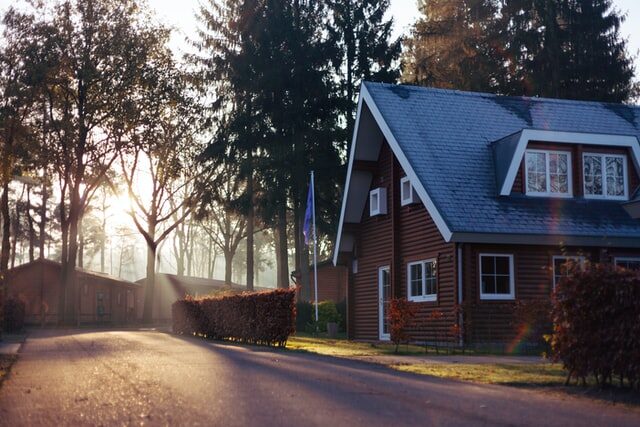Sometimes, you walk into a house and you can just feel that it’s old. Even without the obvious signs of age and decrepitude, there’s simply something in the air, in the smell of the place tells you that this is an older house. It’s harder to point at exactly what makes you think the house is old, or how old exactly that house is. If you’ve ever driven past a home you know is old, but you’re not sure how old, here’s a quick guide to guessing the age of a house.
Detailing
The first thing to do is look at the details. What kind of siding does it have? What do the window grids look like? Is there a garage or not? All these things can give you clues about the age of a house, but remember that these kinds of details go in and out of style cyclically. To the inexperienced eye, it can be hard to distinguish between a genuine 1700s Georgian or Federal style building from something built during the Colonial Revival in the early 1900s. The difference is in the details; what kind of roofing is used and what kind of windows do you see?
Materials
Part of the trick of identifying the age of a home is to look at the materials. There are some dead giveaways. Old window glass is warped, wavy, and may have visible bubbles. Old floors creak underfoot, no matter how well-cared-for, and the kind of wood used can also tell you a lot. For example, in the United States, it was typical for the earliest settlers on the East Coast to use chestnut. However, after the arrival of the chestnut blight in 1904, chestnut became harder and harder to come by.
Size and Surroundings
Size and surroundings can also tell you a great deal. Older homes tend to be smaller, but size, like detailing, is cyclical. Victorian homes tend to be large and rambling, but by the 20s and 30s, smaller was considered better. You can also compare a building with the buildings around it. If the buildings all look the same, that often indicates newer construction. Unless you are in a historic district, older buildings often look different from their neighbors.
Obviously, this is far from a comprehensive guide. If you want to know more about historic homes in your area, visit your local museum to find out more about the history of architecture in your part of the world.

